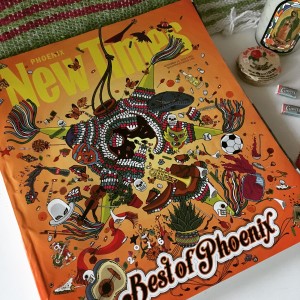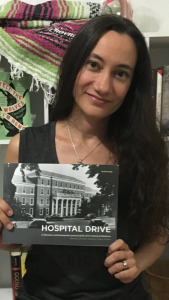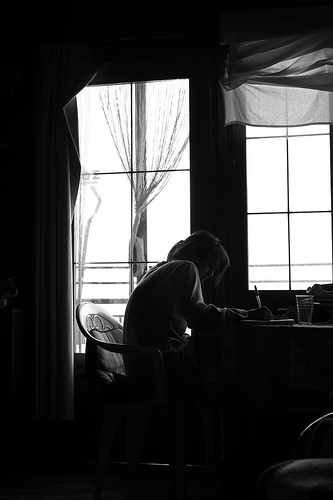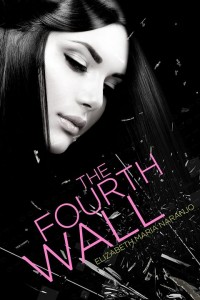2021 is off to a busy start for me, although I’m on a leave of absence from both of my jobs. What’s keeping me busy is student teaching, a twelve-week internship where I get to put into practice everything I’ve learned the last fourteen months about lesson plans, early childhood development, classroom management, and so much more.
It’s wildly stressful at times and also super fun, and it is definitely a full-time gig. But so far I’ve been able to stick with my writing routine—squeezing in an hour every morning to work on edits for Halloween Eternal. And yesterday … I finished! The middle grade horror I drafted in August and have been editing since December is now on its way to its very first reader, my awesome critique partner, Carrie.
Sharing your work is always a little scary, especially when it’s in the early stages. But I’m fortunate to have a CP who is generous with her praise, gentle with her criticisms, and doesn’t miss a thing. Halloween Eternal is in very safe hands.
So what’s next? I’m not sure yet. I’m trying to decide between another editing project or drafting something new. Maybe I’ll write some new essays, which I really miss doing. Maybe I’ll write a long short story. I’m giving myself until Valentine’s Day to figure it out, and until then, I’ll just be here writing random things like blog posts, articles, and lots of lesson plans.
























Connect With Me